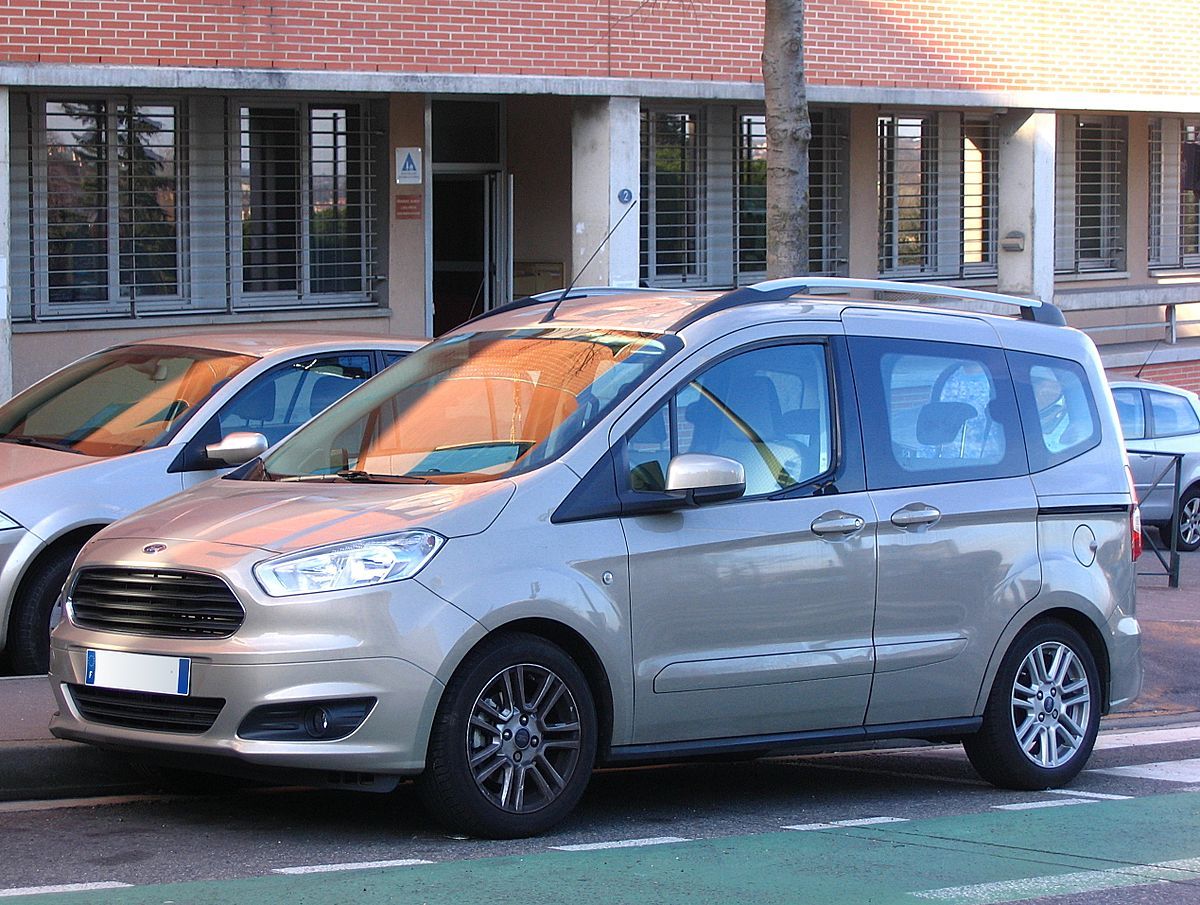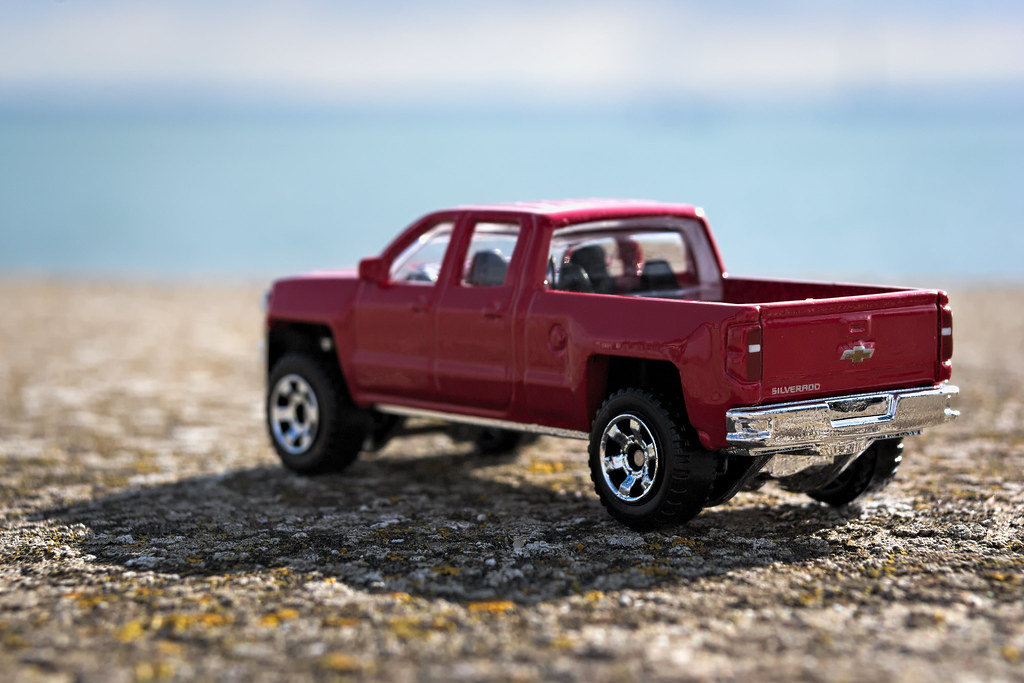
The automotive world is a vibrant, ever-changing landscape, constantly reinventing itself with new designs, cutting-edge technologies, and shifting consumer desires. We’re accustomed to seeing a steady stream of Teslas, Toyota Corollas, and Honda Civics gracing our roads, embodying the modern spirit of efficiency and innovation. Yet, for every new model that emerges to captivate our imagination, there are others that, for various reasons, must bid farewell, leaving behind a rich tapestry of memories and undeniable legacies.
It’s a bittersweet reality that many incredible machines, despite earning fervent adoration and establishing cult followings, eventually meet their end. These aren’t just mere conveyances; they are characters in the grand narrative of automotive history, each with its own compelling story of power, style, and engineering ambition. They evoke a profound sense of nostalgia, reminding us of eras when design philosophies were bolder, engines roared with unbridled passion, and the driving experience was a pure, unadulterated thrill.
In this journey down memory lane, we aren’t just recounting discontinued cars; we’re resurrecting the spirit of vehicles that defined generations, pushed boundaries, and captured the hearts of enthusiasts worldwide. We’re talking about the machines that many of us still dream of seeing rumble back to life, reimagined for a new era but retaining every ounce of their original magic. So, buckle up as we kick off our tribute to some of the most cherished, lamented, and absolutely essential automobiles that, in our humble opinion, deserve a triumphant return.

1. **Pontiac Trans Am**The very mention of “Trans Am” conjures images of raw American muscle, a symbol of defiant performance and undeniable cool that few other cars can rival. Its final production run concluded in 2002, marking the end of an era alongside its sibling, the Firebird. But what a way to go out, with the last generation pushing an impressive 325 horsepower in its WS6 form, a figure that truly solidified its legendary status as a performance icon.
Those distinctive ram-air hood scoops weren’t just for show; they were an integral part of a functional forced-air induction system. This innovative design helped make this final Trans Am the fastest ever produced, a testament to Pontiac’s commitment to performance right up until the very end. It wasn’t just about speed, though; it was about the attitude, the aggressive stance, and the unmistakable roar that announced its presence long before it arrived.
Driving a Trans Am was an experience. It demanded attention, both from the driver and from everyone else on the road. It embodied an era of American motoring where power was king, and a car’s personality was as loud and proud as its engine note. The thought of this beast, revitalized with modern technology but retaining its soulful core, is enough to make any petrolhead’s heart race.

2. **Plymouth Barracuda**When we talk about the titans of American muscle, the Plymouth Barracuda, particularly the 1970-1974 ‘Cuda, stands as a monumental figure. It represented Plymouth’s ultimate muscle car, a machine built with one purpose in mind: pure, unadulterated power and presence. These cars weren’t just fast; they were an automotive statement, a bold declaration of performance superiority on the streets and drag strips of America.
The “holy grail” for many enthusiasts remains the 1970-71 Hemi ‘Cuda. This was a car that didn’t just have an engine; it had a legend under the hood – the legendary 426 Hemi V8, outfitted with dual four-barrel carburetors and pumping out a staggering 425 horsepower. This engine was a marvel of engineering, known for its incredible torque and high-revving capabilities, making the ‘Cuda an absolute terror on the asphalt.
The exclusivity of these models only adds to their mystique. With only 652 Hemi ‘Cudas built in 1970 and a mere 108 in 1971, they quickly became some of the most valuable muscle cars ever produced. The Barracuda wasn’t just a car; it was a rare, raw, and utterly captivating piece of automotive history that continues to command respect and admiration decades after its production ceased.
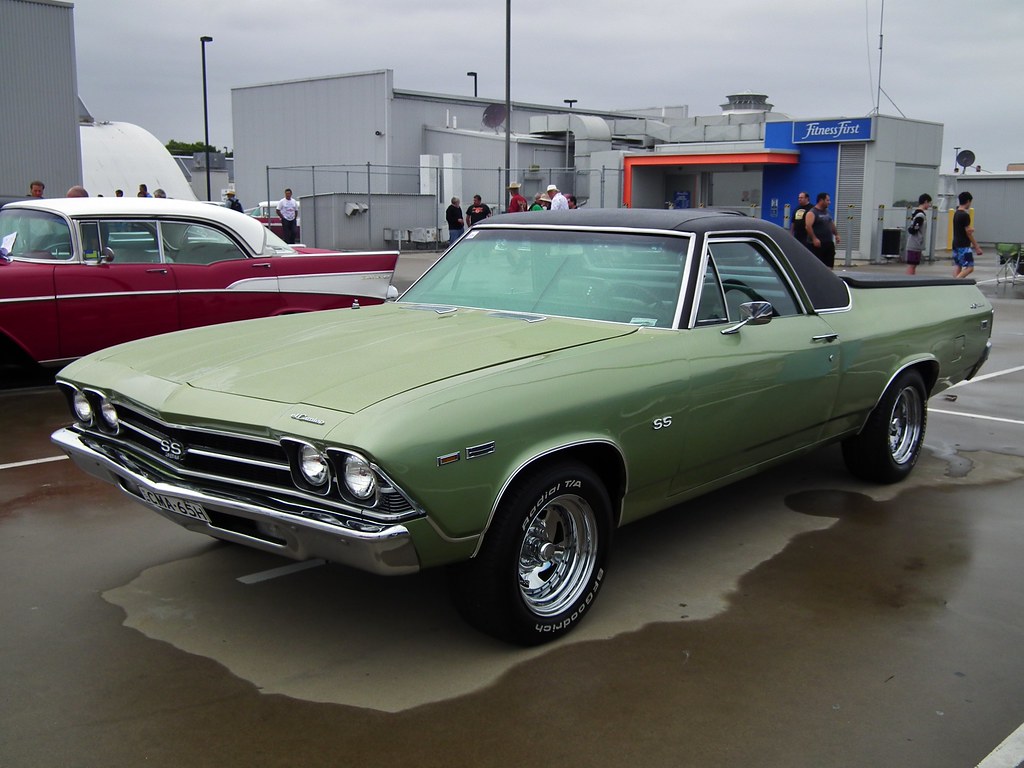
3. **Chevrolet El Camino**The Chevrolet El Camino, a truly unique blend of car and pickup truck, carved out its own distinctive niche in the automotive world. It gracefully bowed out in 1987 after an impressive 23-year run, leaving behind a legacy of versatility and distinctive style that few vehicles have ever matched. It was the perfect vehicle for those who needed the practicality of a truck bed but desired the comfort and driving dynamics of a car.
Buyers in its final generation, spanning from 1982 to 1987, even had the enticing option of an SS variant with a 305 V8. While perhaps not as brutally powerful as its predecessors, it still offered a healthy dose of performance. However, for many, the true performance peak of the El Camino was reached with the earlier 1970 SS 454 model, a legendary machine that boasted an incredible 450 horsepower from its LS6 big-block V8.
The El Camino was more than just a functional vehicle; it was a cultural icon, representing a certain kind of American ingenuity and a pragmatic approach to motoring. Its absence leaves a palpable void, and the idea of a modern interpretation – perhaps with a ferocious V8 or even an electric powertrain – is an exciting prospect that speaks to its enduring appeal and practical charm.
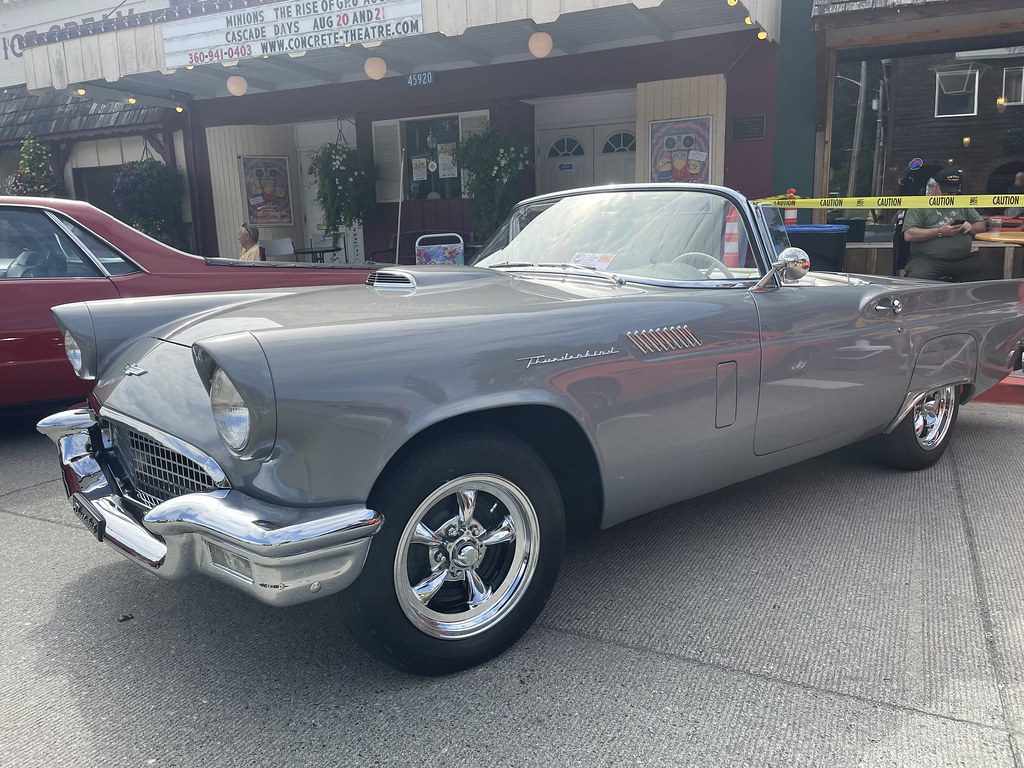
4. **Ford Thunderbird**For decades, the Ford Thunderbird symbolized American automotive elegance, personal luxury, and a dash of sportiness. Its 11th and final generation, produced between 2002 and 2005, was a lovingly retro-styled nod to the original 1955 model, attempting to recapture that early magic with a modern flair. It was a beautiful tribute, yet many enthusiasts still pine for the T-Bird’s more aggressive performance roots.
The Thunderbird’s true performance peak arrived early, with the iconic 1957 model. This year introduced the highly desirable optional supercharged 312 V8, transforming the stylish cruiser into a formidable performer. Later, the 1988-1995 Super Coupe further cemented its performance credentials, featuring a supercharged 3.8L V6 that delivered spirited acceleration and a more European-inspired handling experience.
The Thunderbird evolved significantly over its long history, from a sleek two-seater sports car competitor to a luxurious grand tourer, and finally to a nostalgic revival. Each iteration contributed to its rich tapestry, making it a car with a deep and varied heritage. Its story is one of adapting to changing tastes, and a modern return would undoubtedly celebrate its multifaceted past, blending luxury with a newfound performance edge.
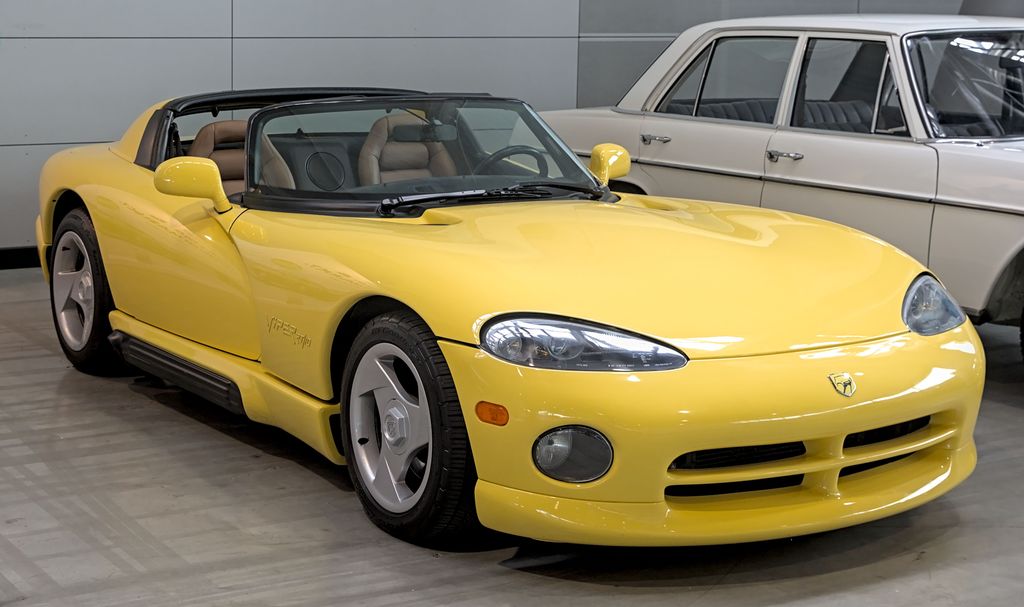
5. **Dodge Viper**The Dodge Viper isn’t just a car; it’s an apex predator, a raw, uncompromising symbol of American brute force and audacious design. Production of this legendary beast finally ended in 2017 after five generations, but not without a final, thunderous roar from its ultimate iteration, the ACR model. This was a true track weapon, powered by an enormous 8.4L V10 engine that unleashed a staggering 645 horsepower.
The Viper ACR wasn’t merely fast in a straight line; it was engineered for surgical precision on the circuit. It famously set 13 production car lap records across various challenging tracks, including the revered Laguna Seca and Road Atlanta. Remarkably, some of these records still stand today, a testament to the Viper’s incredible, untamed performance capabilities and its status as a pure driver’s car.
From its aggressive styling and race-inspired design to its monstrous V10, the Viper attracted enthusiasts around the world who craved an unfiltered driving experience. It was a car that demanded respect and rewarded skill, a true high-octane icon that left an indelible mark. To imagine a new Viper, perhaps with cutting-edge materials and a revised powertrain, but retaining that visceral, raw character, is a tantalizing thought for any automotive enthusiast.

6. **Mercury Cougar**The Mercury Cougar began its journey in 1967 as Mercury’s upscale counterpart to the wildly popular Ford Mustang, offering a blend of pony car performance with a touch more luxury and sophistication. The early models, particularly those from 1967 to 1970, are highly sought after by collectors and enthusiasts today, embodying the golden age of American muscle with a unique Mercury twist.
The first-generation Cougar reached its ultimate form with the 1968 GT-E, a rare and potent machine. Initially equipped with a 427 V8, and later a 428 Cobra Jet, it perfectly encapsulated the blend of luxury and raw muscle that Mercury aimed for. These cars weren’t just comfortable; they were genuinely fast, delivering a thrilling driving experience wrapped in a more refined package than their Ford brethren.
Over its eight generations, concluding in 2002, the Cougar transformed significantly. While early models were muscle-car focused, later iterations evolved into larger, more luxury-oriented vehicles. Despite its early popularity, brand dilution and shifts in consumer preferences ultimately contributed to its discontinuation. However, the legacy of its formidable early versions ensures its place as a beloved, discontinued classic.

7. **Oldsmobile 442**The Oldsmobile 442, a name that resonates with muscle car aficionados, was initially born in 1964 as a performance option package for the F-85 and Cutlass models. Its original designation, “442,” was a simple yet evocative code: a 4-barrel carburetor, a 4-speed manual transmission, and dual exhausts. This simple formula laid the groundwork for one of the most respected performers of its era.
The pinnacle of the 442’s prowess undoubtedly arrived in 1970 with the W-30 455 V8 version. Officially rated at a robust 370 horsepower, many enthusiasts and historians widely believed this figure to be significantly underrated, a common practice among manufacturers during that era. Real-world testing confirmed its potent capabilities, showing these cars could effortlessly hit 60 mph in under 6 seconds, a truly impressive feat for the time.
The 442 was more than just raw power; it represented Oldsmobile’s commitment to delivering a sophisticated muscle car experience. It combined brutal acceleration with a more refined ride and interior than some of its rivals. Its discontinuation left a gap for those who appreciated a muscle car that blended performance with a touch of understated class, making it a prime candidate for a modern resurrection.


